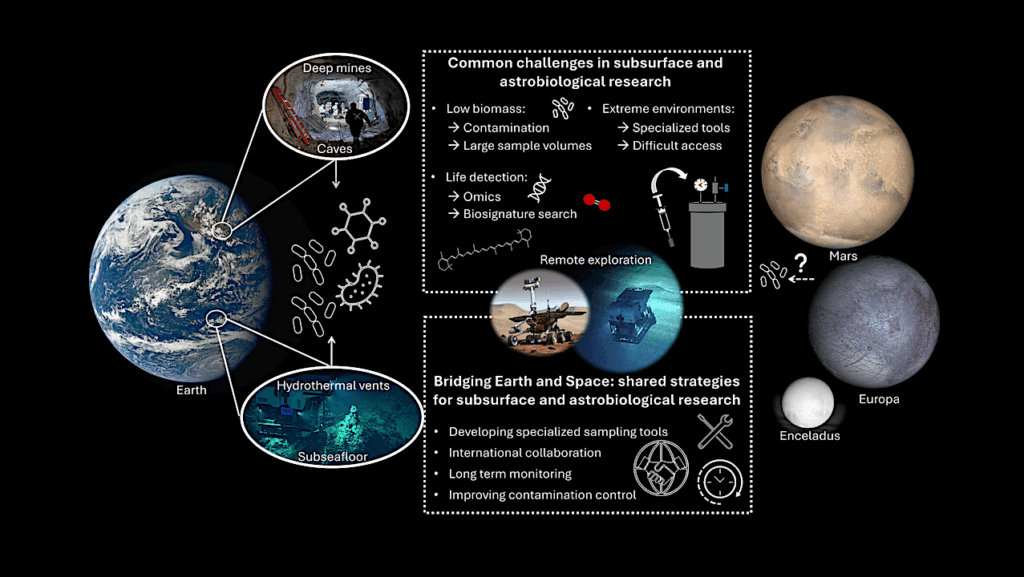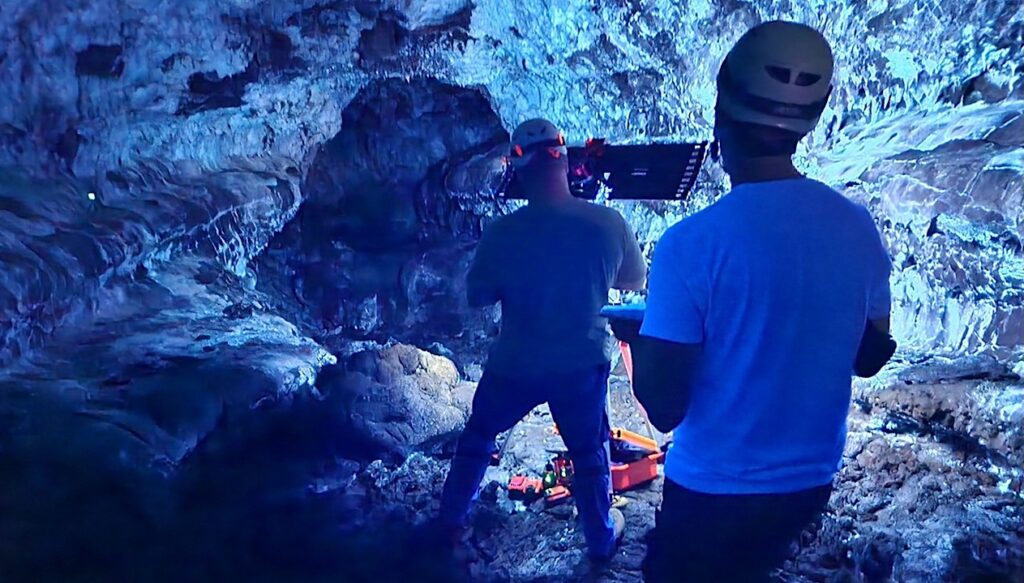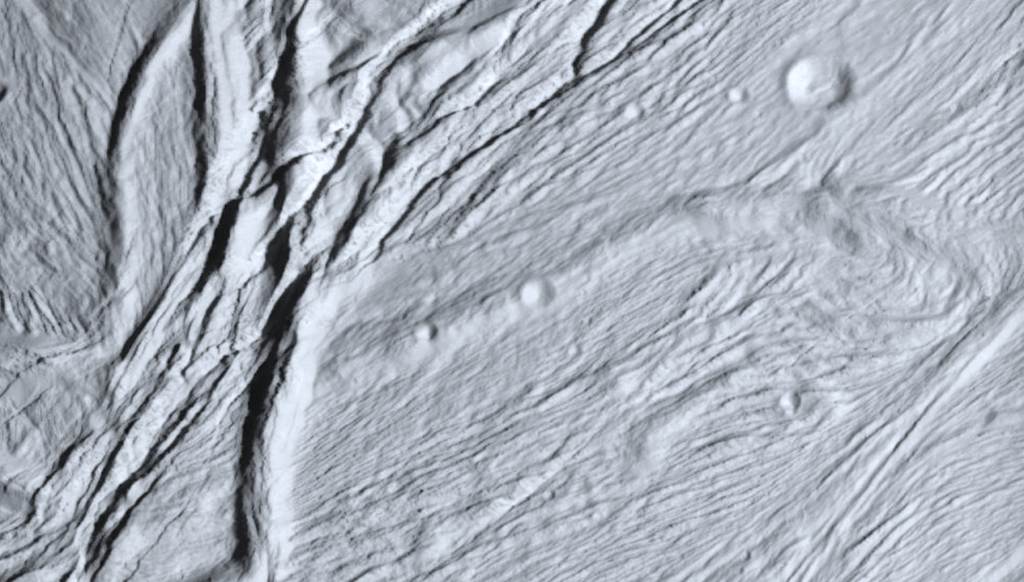Are Large Sulfur Isotope Variations Biosignatures in an Ancient, Impact-Induced Hydrothermal Mars Analog?

Discrepancies have emerged concerning the application of sulfur stable isotope ratios as a biosignature in impact crater paleolakes.
The first in situ δ34S data from Mars at Gale crater display a ∼75‰ range that has been attributed to an abiotic mechanism. Yet biogeochemical studies of ancient environments on Earth generally interpret δ34S fractionations >21‰ as indicative of a biological origin, and studies of δ34S at analog impact crater lakes on Earth have followed the same approach.
We performed analyses (including δ34S, total organic carbon wt%, and scanning electron microscope imaging) on multiple lithologies from the Nördlinger Ries impact crater, focusing on hydrothermally altered impact breccias and associated sedimentary lake-fill sequences to determine whether the δ34S properties define a biosignature.
The differences in δ34S between the host lithologies may have resulted from thermochemical sulfate reduction, microbial sulfate reduction, hydrothermal equilibrium fractionation, or any combination thereof. Despite abundant samples and instrumental precision currently exclusive to Earth-bound analyses, assertions of biogenicity from δ34S variations >21‰ at the Miocene Ries impact crater are tenuous.
This discourages the use of δ34S as a biosignature in similar environments without independent checks that include the full geologic, biogeochemical, and textural context, as well as a comprehensive acknowledgment of alternative hypotheses.
Christopher J Tino, Eva E Stüeken, Gernot Arp , Michael Ernst Böttcher, Steven M Bates, Timothy W Lyons
https://pubmed.ncbi.nlm.nih.gov/37498995/
PMID: 37498995 DOI: 10.1089/ast.2022.0114
Astrobiology








